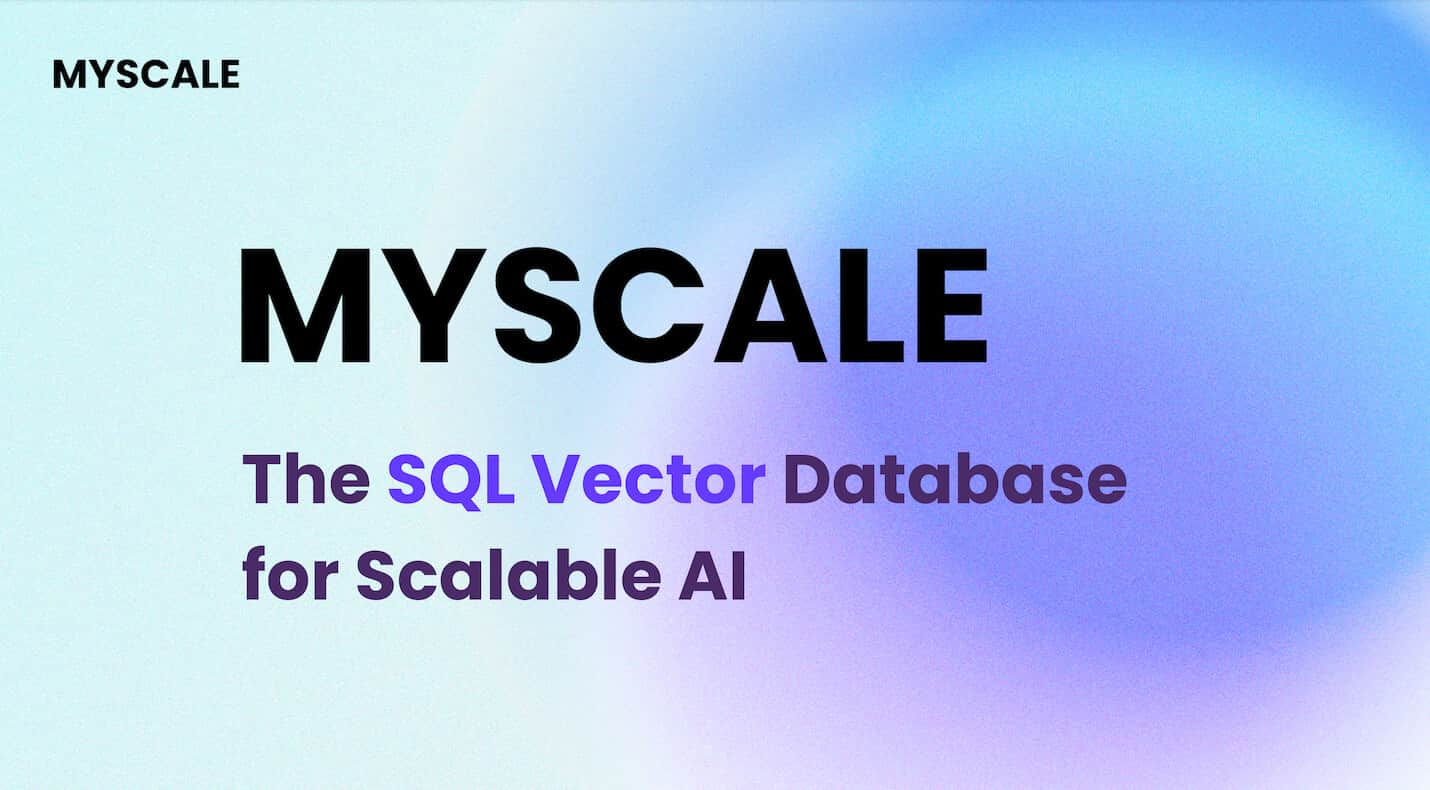
Artificial Intelligence (AI) writing assistants are transforming the way content is created, offering efficiency and innovation. Crew AI (opens new window) and AutoGen (opens new window) stand out as leading platforms in this realm, each with its unique strengths. Understanding the significance of customization in AI platforms (opens new window) is crucial for optimizing creativity and productivity. Tailoring AI tools to individual needs can unlock endless possibilities in content generation and streamline workflows effectively.
# Customization in Crew AI
When it comes to Crew AI, users benefit from a platform that offers unparalleled customization options. The control over the creative process is a standout feature, allowing individuals to tailor their writing experience precisely. This level of control extends to monitoring crew performance and identifying improvement opportunities. By leveraging AI technology, Crew AI can provide valuable insights into areas (opens new window) of strength and those needing development.
The structured approach of Crew AI ensures that users have a clear path to follow in their content creation journey. This structured methodology (opens new window) not only enhances workflow efficiency but also contributes to overall crew productivity. With the ability to implement targeted training programs based on data analysis (opens new window), Crew AI becomes an invaluable tool for optimizing team performance.
In terms of benefits, Crew AI excels in its ease of use. Users find the platform intuitive and user-friendly, making it accessible to a wide range of individuals with varying levels of technical expertise (opens new window). Moreover, the versatility in creative formats sets Crew AI apart, offering solutions for various writing needs such as poems, code snippets, scripts, musical compositions, and email responses.
By embracing Crew AI, users unlock a world of possibilities where creativity meets efficiency. The platform's customization features empower individuals to take charge of their writing process and elevate their content creation endeavors.
# Customization in AutoGen
AutoGen offers a unique approach to customization, focusing on enhancing the creation of long-form content and fostering AI agent collaboration (opens new window). The platform's emphasis on long-form content creation provides users with the tools needed to craft comprehensive articles, blog posts, and scripts efficiently. By streamlining the writing process for extensive content pieces, AutoGen enables writers to maintain focus and coherence throughout their work.
Through AI agent collaboration, AutoGen introduces a collaborative environment where multiple agents work together seamlessly. This feature optimizes the performance of large language model (LLM) (opens new window) workflows by automating tasks, reusing cached outputs, and parallelizing operations. The system of agents facilitates interactions among various AI entities, promoting efficient collaboration (opens new window) and task completion within the platform.
The developer-friendly nature of AutoGen caters to individuals skilled in coding and customization, offering a seamless experience for those well-versed in technical aspects. Users can leverage custom workflows (opens new window) to tailor their writing processes according to specific requirements, enhancing productivity and creativity simultaneously.
# Comparing Crew AI and AutoGen
When evaluating Crew AI and AutoGen, users encounter distinct differences in their usability and customization capabilities. Understanding these disparities is essential for selecting the optimal platform that aligns with individual needs.
# Ease of Use
In terms of learning curve, Crew AI stands out for its intuitive interface and straightforward navigation. Users can swiftly adapt to the platform's features, minimizing the time required to become proficient in content creation. On the other hand, AutoGen may present a steeper learning curve due to its complexity in configuration and utilization.
Regarding user interface (opens new window), both platforms offer unique experiences tailored to different user preferences. Crew AI prioritizes simplicity and accessibility, ensuring a seamless writing journey for individuals across various skill levels. Conversely, AutoGen provides a more technical interface suited for developers seeking advanced customization options.
# Customization Capabilities
When examining control vs. automation, Crew AI emerges as a flexible solution accommodating external and custom tool integration seamlessly. Built on top of Langchain (opens new window), it offers extensive customization possibilities for users looking to enhance their writing processes further. In contrast, while AutoGen optimizes large language model (LLM) workflows by automating tasks and parallelizing operations, it is still undergoing development phases. This ongoing evolution may result in occasional instability or feature limitations compared to the mature framework of Crew AI.
Exploring application versatility, users find that both platforms cater to diverse content creation needs but with varying degrees of robustness. While Crew AI excels in providing tailored solutions through its open-source framework (opens new window), AutoGen's potential lies in streamlining LLM workflows (opens new window) efficiently once fully developed.
- In summary, Crew AI and AutoGen offer unique customization features (opens new window) catering to diverse writing needs. Crew AI provides extensive control over the creative process, while AutoGen excels in long-form content creation. When choosing between the two platforms, users should consider their technical expertise and specific requirements. For those seeking flexibility and external tool integration (opens new window), Crew AI on Langchain proves advantageous. However, AutoGen's developer-friendly environment may appeal to those skilled in coding looking for efficient large language model workflows. Ultimately, the decision rests on individual preferences and project demands.



